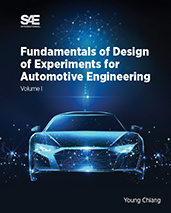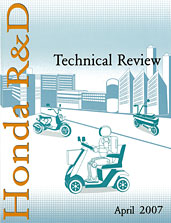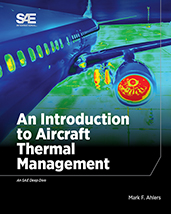Book

Simulation and Optimization of Internal Combustion Engines
2021-12-28
Simulation and Optimization of Internal Combustion Engines provides the fundamentals and up-to-date progress in multidimensional simulation and optimization of internal combustion engines. While it is impossible to include all the models in a single book, this book intends to introduce the pioneer and/or the often-used models and the physics behind them providing readers with ready-to-use knowledge. Key issues, useful modeling methodology and techniques, as well as instructive results, are discussed through examples. Readers will understand the fundamentals of these examples and be inspired to explore new ideas and means for better solutions in their studies and work. Topics include combustion basis of IC engines, mathematical descriptions of reactive flow with sprays, engine in-cylinder turbulence, fuel sprays, combustions and pollutant emissions, optimization of direct-injection gasoline engines, and optimization of diesel and alternative fuel engines.



















